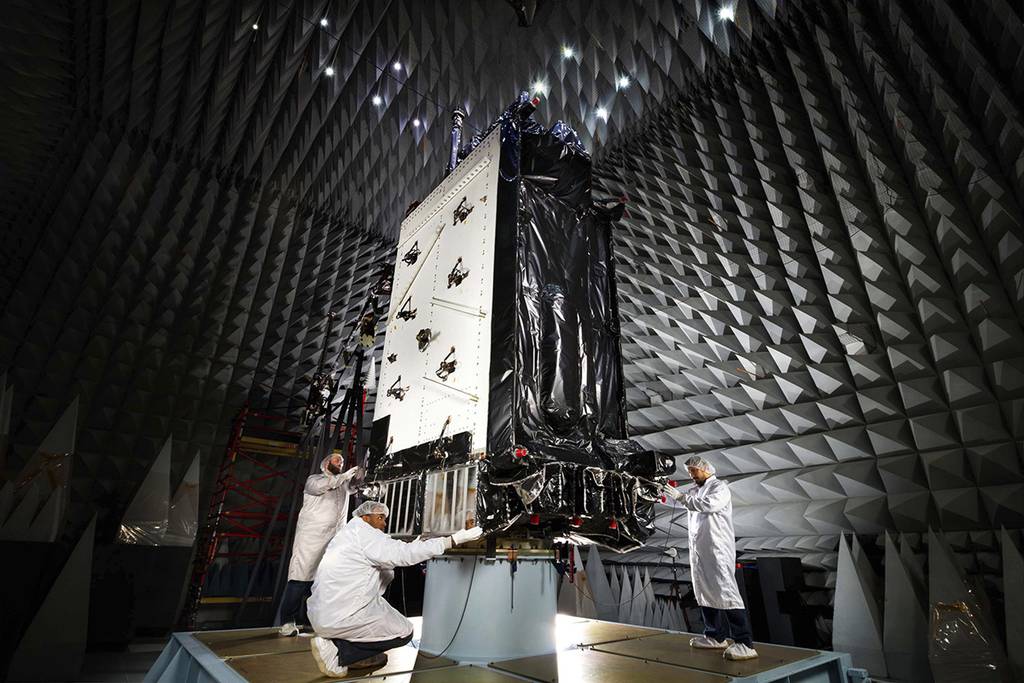Just hours after the Space Force announced it would pay hundreds of million of dollars to replace the computer hardware in its next-generation GPS ground system, the service said the contingency program it has been relying on until that new system is ready has been approved for everyday use.
On March 27, the Space Force said it will pay $378 million to replace the computer hardware in Raytheon’s troubled Operational Control System after the original provider was sold to a Chinese company. The program, called OCX, initially planned to use hardware from the IBM x86 product line. However, that product line is being sold to Chinese-owned Lenovo in August 2022 — a purchase that was approved in 2014 by the U.S. government agency that reviews international investment in U.S. companies.
Already, the Raytheon program is years behind schedule, according to a Government Accountability Office report from May. The company delivered the first part of OCX, the launch and checkout system, in September 2017.
But to ensure that the GPS III satellites weren’t sitting idly in orbit until OCX was available, the Air Force contracted with Lockheed Martin to build an upgrade to the current ground system. This way, the Space Force could take advantage of at least some of the GPS III capabilities in the interim. The Contingency Operations program was delivered June 2019 and has been operating in a trial period since October 2019.
The Air Force Operational Test and Evaluation Center’s said March 27 the new system completed its trial period Feb. 20.
With the announcement, the contingency system is now being used to control the first two GPS III satellites.
Mike Gruss served as the editor-in-chief of Sightline Media Group's stable of news outlets, which includes Army Times, Air Force Times, C4ISRNET, Defense News, Federal Times, Marine Corps, Military Times and Navy Times.








